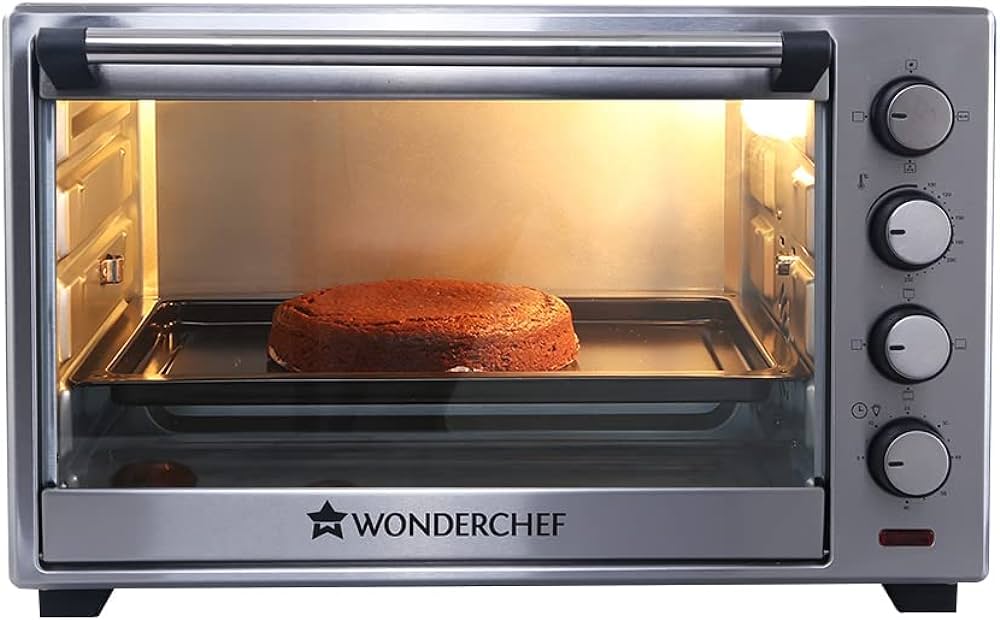
Food prep for large gatherings and holiday festivities can feel like a juggling act, especially when multiple dishes are competing for oven space. See 8 oven tips below to learn how to maximize oven space so you can stay focused on the joy of creating.
8 TIPS TO MAXIMIZE OVEN SPACE
Understanding oven hot spots, rack positions and settings can help you create a large spread of appetizers, entrees, sides and desserts that are ready to go when you are. Read the 8 cooking tips below to learn how to plan and prep foods, position dishes, adjust racks and alter cooking times for cooking multiple dishes at once, no matter your oven’s size.
1. MAKE A PLAN
Round up your recipes and make a concrete plan to make sure every dish is ready for mealtime. Start by deciding when you want food ready to eat, then work backward from there to determine what needs oven space and when. Consider cooking baked goods or dishes that need time to rest after baking first, then move on to dishes like meats that likely require longer cooking times. Lastly, plan for dishes that need a quick rewarming or a brief broil to re-crisp prior to serving.
2. PREP FOOD IN ADVANCE
Not all dishes need to be baked on the same day they’re served to maintain freshness and flavor. Pies, for instance, can often be made ahead of time and then stored and reheated briefly prior to serving. Take an inventory of your planned recipes to see if any dishes are well suited to baking a day or two in advance.
3. USE AN AVERAGE TEMPERATURE
Juggling multiple dishes at once often means pairing sides, desserts or entrees in the oven that don’t typically bake at the same temperature. You can bake several dishes at once by setting your oven to the average temperature called for across recipes. If, for instance, one dish requires a temperature of 350℉ and another needs to bake at 400℉, set the temperature to 375℉ and keep a close eye on food as it cooks.
Keep in mind that baked goods and other recipes sensitive to cooking temperatures should always bake according to the recipe’s instructed temperature. Using a double oven like the double wall ovens from KitchenAid brand lets you manage multiple cook times and temperatures to create more at once. You can also create even more using a KitchenAid® countertop oven with select models featuring settings your main oven may not have such as air frying, convection cooking and proofing for bread dough.
4. LEAVE ROOM FOR AIR CIRCULATION
Ovens rely on hot air circulation to thoroughly cook dishes, so dishes that are too close together may prevent food from cooking evenly. Try to leave a couple of inches between dishes and another couple of inches between dishes and the sides and back of the oven wall. Never overlap bakeware. If there’s space, try staggering dishes so no two dishes are directly above or below each other.
5. CONSIDER OTHER APPLIANCES
Your oven may not be your only appliance capable of prepping sides, appetizers and even entrees. If you have access, consider using a convection cooking setting like the one on these KitchenAid® microwaves to bake dishes the same way an oven would, or try crisping and browning foods using an air fryer or air fry setting like the one on select KitchenAid® countertop ovens. Select models have 9–12 settings for techniques like roasting, broiling, baking and even proofing dough that let you use it as a second oven for even more cooking capacity.

 Admin
Admin
Leave A Reply
Your email address will not be published. Required fields are marked *